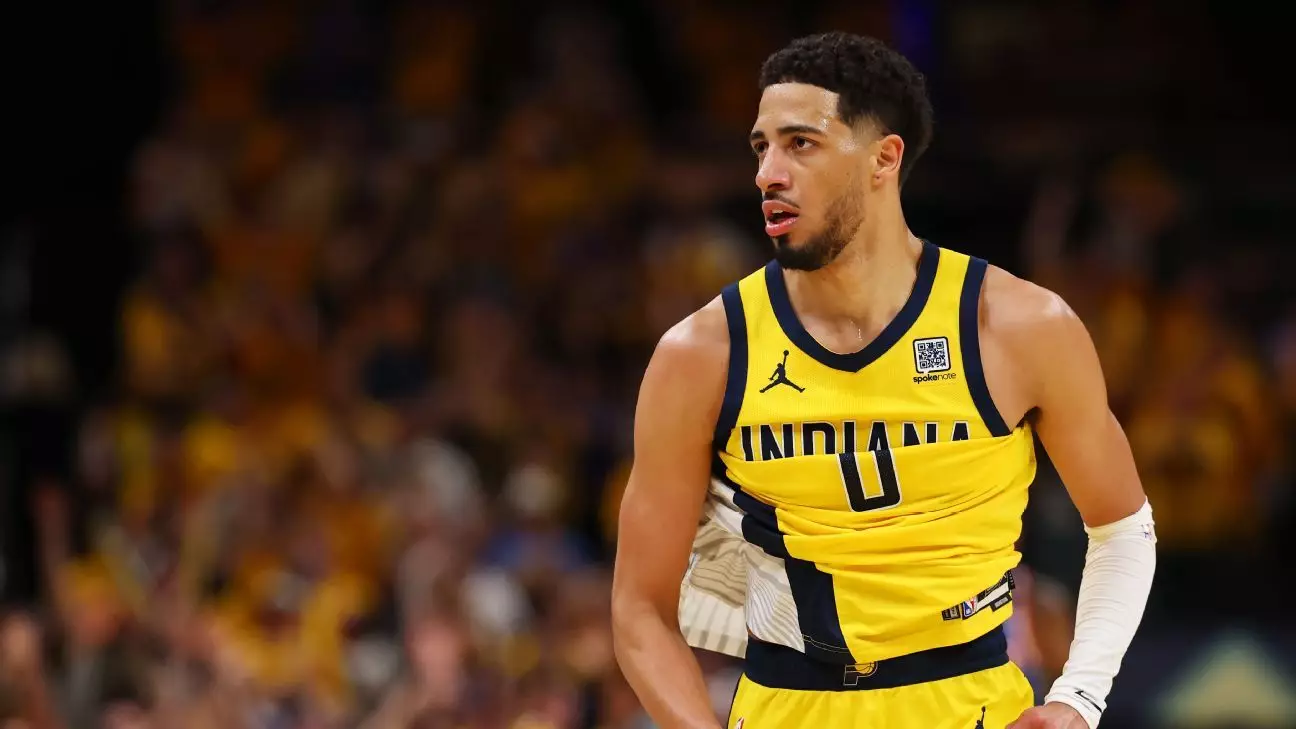The recent surge in Achilles injuries across the NBA has sparked a heated debate about causation. Many attribute these injuries to overuse, excessive minutes, or strenuous schedules, but the reality is far more complex. Tyrese Haliburton, an active player and injury survivor, dismisses simplistic conclusions, emphasizing that luck often plays the dominant role. His insight challenges the conventional wisdom that training regimens or scheduling choices are the primary culprits. Instead, he points to the inherent unpredictability of sports injuries, reinforcing a vital truth: athletes are subject to forces beyond their control, and sometimes, injuries are just plain bad luck.
This perspective raises an important question about the narrative of injury prevention. While load management and scheduling adjustments are vital, they are not foolproof. Haliburton’s comments underscore the limits of human control and highlight that even with meticulous preparation, athletes can still fall prey to the randomness woven into high-performance sports. The emphasis on “bad luck” shifts the conversation from blame to understanding the complex interplay of biomechanics, genetics, and situational factors. For team management and trainers, this means acknowledging that despite best efforts, injuries may occur without clear, preventable causes.
Challenging the Conventional Wisdom on Playing Time and Fatigue
The common assumption that too many games and excessive playing minutes increase injury risk has influenced league policies for years. Yet, NBA Commissioner Adam Silver’s remarks suggest a rethinking of this assumption, noting that most Achilles injuries happen early in the season, often not after prolonged fatigue. Haliburton echoes this skepticism, asserting that fatigue may not be the proximate cause after all. Such statements push us to examine whether the focus on workload is misplaced and if other, less obvious factors are at play.
In reality, the human body’s response to stress and strain is highly individual. Some players might be more resilient, while others suffer injuries seemingly out of nowhere. These variances highlight a critical flaw in blanket policies that target “safe” limits for all players alike. The science behind athletic injuries is nuanced; it involves biomechanics, previous injuries, recovery quality, and even psychological stress. This redefinition of injury causation compels the league to adopt a more personalized approach to athlete health, rather than relying solely on generalized metrics such as game counts.
Recovery, Resilience, and the Realm of Uncertainty
Haliburton’s injury occurred during a game on a calf strain diagnosis, yet he was reportedly feeling good. His experience reveals that even with comprehensive medical assessments, injuries can still transpire unexpectedly. This underscores the limits of our current diagnostic tools and preventive measures. The human body’s response to injuries, recovery timelines, and long-term resilience are still not fully understood, and scientific advancements have yet to bridge these gaps completely.
Furthermore, Haliburton’s interaction with elite athletes like Kevin Durant and Jayson Tatum, who have endured Achilles injuries, reveals the emotional and mental toll on players. The process involves more than physical healing; it demands mental resilience, identity redefinition, and strategic adaptation. His active engagement during his recovery — sitting in on coaching meetings, helping teammates, and dedicating energy to mental growth — exemplifies a forward-looking, holistic approach. It challenges the traditional view that an athlete’s recovery ends with physical healing and instead emphasizes the importance of mental, emotional, and strategic growth post-injury.
Reframing the Future of Injury Management in Sports
As Haliburton and others navigate the uncertainties of injury, a fundamental shift in sports injury management becomes evident. Instead of merely focusing on prevention, there needs to be a broader understanding that sometimes injuries are inevitable — and that resilience, mental strength, and adaptability are equally critical. The future hinges on how well athletes, teams, and medical professionals can innovate processes that support not just physical healing but psychological recovery and strategic reintegration.
Moreover, these injuries open a vital conversation about the culture of high-stakes sports. Is the relentless pursuit of perfection and victory pushing athletes beyond their natural limits? Or are they victims of an inherently unpredictable biological system? The answer isn’t simple, but acknowledging the role of chance and individual variability forces us to reconsider how we define success, effort, and resilience in professional sports.
In the evolving landscape of athletic health, embracing uncertainty rather than pretending to control every factor could lead to more humane, realistic, and ultimately more effective strategies. As the league and its players grapple with these truths, a paradigm shift might emerge — one that recognizes that sometimes, despite all precautions, bad luck still finds its way onto the court.

